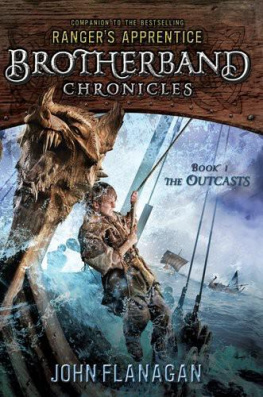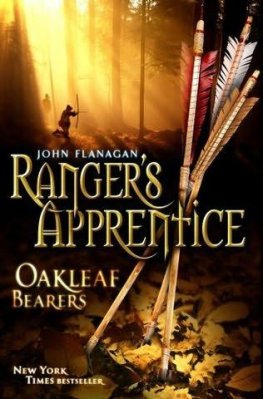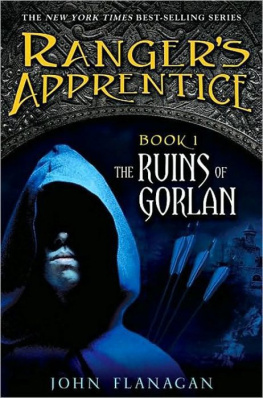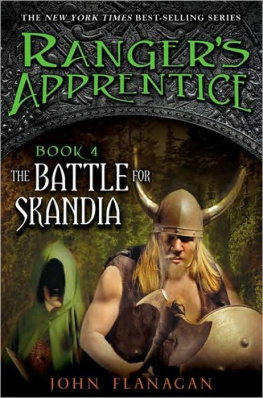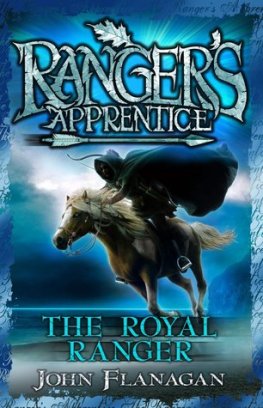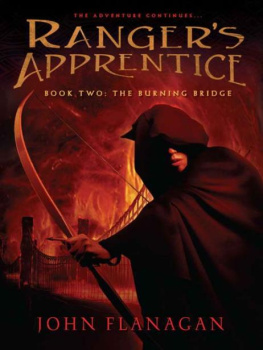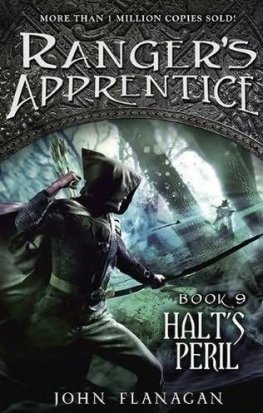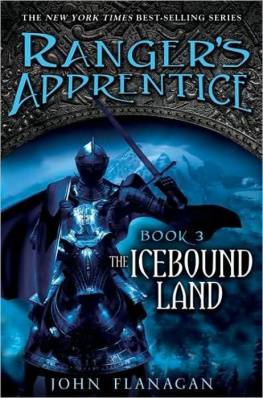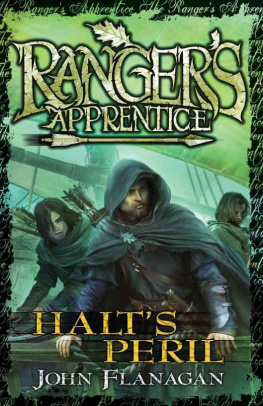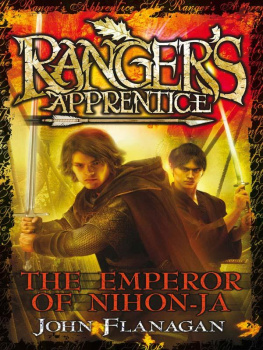Table of Contents
PHILOMEL BOOKS
A division of Penguin Young Readers Group. Published by The Penguin Group.
Penguin Group (USA) Inc., 375 Hudson Street, New York, NY 10014, U.S.A.
Penguin Group (Canada), 90 Eglinton Avenue East, Suite 700, Toronto, Ontario M4P 2Y3,
Canada (a division of Pearson Penguin Canada Inc.). Penguin Books Ltd, 80 Strand, London
WC2R 0RL, England. Penguin Ireland, 25 St. Stephens Green, Dublin 2, Ireland (a division of
Penguin Books Ltd). Penguin Group (Australia), 250 Camberwell Road, Camberwell, Victoria 3124,
Australia (a division of Pearson Australia Group Pty Ltd). Penguin Books India Pvt Ltd,
11 Community Centre, Panchsheel Park, New Delhi110 017, India. Penguin Group (NZ),
67 Apollo Drive, Rosedale, Auckland 0632, New Zealand (a division of Pearson New Zealand Ltd).
Penguin Books (South Africa) (Pty) Ltd, 24 Sturdee Avenue, Rosebank, Johannesburg 2196,
South Africa. Penguin Books Ltd, Registered Offices: 80 Strand, London WC2R 0RL, England.
Copyright 2011 by John Flanagan. Illustration copyright 2011 by David Elliot.
Library of Congress Cataloging-in-Publication Data is available upon request.
ISBN : 978-1-101-54539-3
http://us.penguingroup.com
ALSO BY JOHN FLANAGAN
The Rangers Apprentice Epic
Book 1: The Ruins of Gorlan
Book 2: The Burning Bridge
Book 3: The Icebound Land
Book 4: The Battle for Skandia
Book 5: The Sorcerer of the North
Book 6: The Siege of Macindaw
Book 7: Eraks Ransom
Book 8: The Kings of Clonmel
Book 9: Halts Peril
Book 10: The Emperor of Nihon-Ja
The Lost Stories
Dedicated to our own Brotherband, Max, Konan, Alex and Henry
A Few Sailing Terms Explained
B ecause this book involves sailing ships, I thought it might be useful to explain a few of the nautical terms found in the story.
Be reassured that I havent gone overboard (to keep up the nautical allusion) with technical details in the book, and even if youre not familiar with sailing, Im sure youll understand whats going on. But a certain amount of sailing terminology is necessary for the story to feel realistic.
So, here we go, in no particular order:
Bow: The front of the ship, also called the prow.
Stern: The rear of the ship.
Port and starboard: The left and the right side of the ship, as youre facing the bow. In fact, Im probably incorrect in using the term port . The early term for port was larboard, but I thought wed all get confused if I used that.
Starboard is a corruption of steering board (or steering side). The steering oar was always placed on the right-hand side of the ship at the stern.
Consequently, when a ship came into port it would moor with the left side against the jetty, to avoid damage to the steering oar. One theory says the word derived from the ships being in portleft side to the jetty. I suspect, however, that it might have come from the fact that the entry port, by which crew and passengers boarded, was also always on the left side.
How do you remember which side is which? Easy. Port and left both have four letters.
Forward: Toward the bow.
Aft: Toward the stern.
Fore-and-aft rig: A sail plan in which the sail is in line with the hull of the ship.
Hull: The body of the ship.
Keel: The spine of the ship.
Steering oar: The blade used to control the ships direction, mounted on the starboard side of the ship, at the stern.
Tiller: The handle for the steering oar.
Beam: The side of the ship. If the wind is abeam, it is coming from the side, at a right angle to the ships keel.
Yardarm, or yard: A spar (wooden pole) that is hoisted up the mast, carrying the sail.
Masthead: The top of the mast.
Bulwark: The part of the ships side above the deck.
Gunwale: The upper part of the ships rail.
Belaying pins: Wooden pins used to fasten rope.
Oarlock, or rowlock: Pegs that hold an oar in place.
Telltale: A pennant that indicates the winds direction.
Tacking: To tack is to change direction from one side to the other, passing through the eye of the wind.
If the wind is from the north and you want to sail northeast, you would perform one tack so that you are heading northeast, and you would continue to sail on that tack for as long as you need.
However, if the wind is from the north and you want to sail due north, you would have to do so in a series of short tacks, going back and forth on a zigzag course, crossing through the wind each time, and slowly making ground to the north. This is a process known as beating into the wind.
Wearing: When a ship tacks, it turns into the wind to change direction. When it wears, it turns away from the wind, traveling in a much larger arc, with the wind in the sail, driving the ship around throughout the maneuver. Wearing was a safer way than tacking.
Reach, or reaching: When the wind is from the side of the ship, the ship is sailing on a reach, or reaching.
Running: When the wind is from the stern, the ship is running. (So would you if the wind was strong enough at your back.)
Reef: To gather in part of the sail and bundle it against the yardarm to reduce the sail area. This is done in high winds to protect the sail and the mast.
Trim: To adjust the sail to the most efficient angle.
Halyard: A rope used to haul the yard up the mast. (Haul-yard, get it?)
Stay: A heavy rope that supports the mast. The backstay and the forestay are heavy ropes running from the top of the mast to the stern and the bow (its pretty obvious which is which).
Sheets and shrouds: Many people think these are sails, which is a logical assumption. But in fact, theyre ropes. Shrouds are thick ropes that run from the top of the mast to the side of the ship, supporting the mast. Sheets are the ropes used to control, or trim, the sailto haul it in and out according to the wind strength and direction. In an emergency, the order might be given to let fly the sheets! The sheets would be released, letting the sail loose and bringing the ship to a halt. (If you were to let fly the sheets, youd probably fall out of bed.)
Way: The motion of the ship. If a ship is under way, it is moving according to its course. If it is making leeway, the ship is moving downwind so it loses ground or goes off course.
Back water: To row a reverse stroke.
So, now that you know all you need to know about sailing terms, welcome aboard the world of the Brotherband Chronicles!
John Flanagan
PART 1
THE PROMISE
chapter one
Twelve years prior
W olfwind emerged from the predawn sea mist like a wraith, slowly taking physical form.
With her sail furled and the yardarm lowered to the deck, and propelled by only four of her oars, the wolfship glided slowly toward the beach. The four rowers wielded their oars carefully, raising them only a few centimeters from the water at the end of each stroke so that the noise of drops splashing back into the sea was kept to a minimum. They were Eraks most experienced oarsmen and they were used to the task of approaching an enemy coast stealthily.





